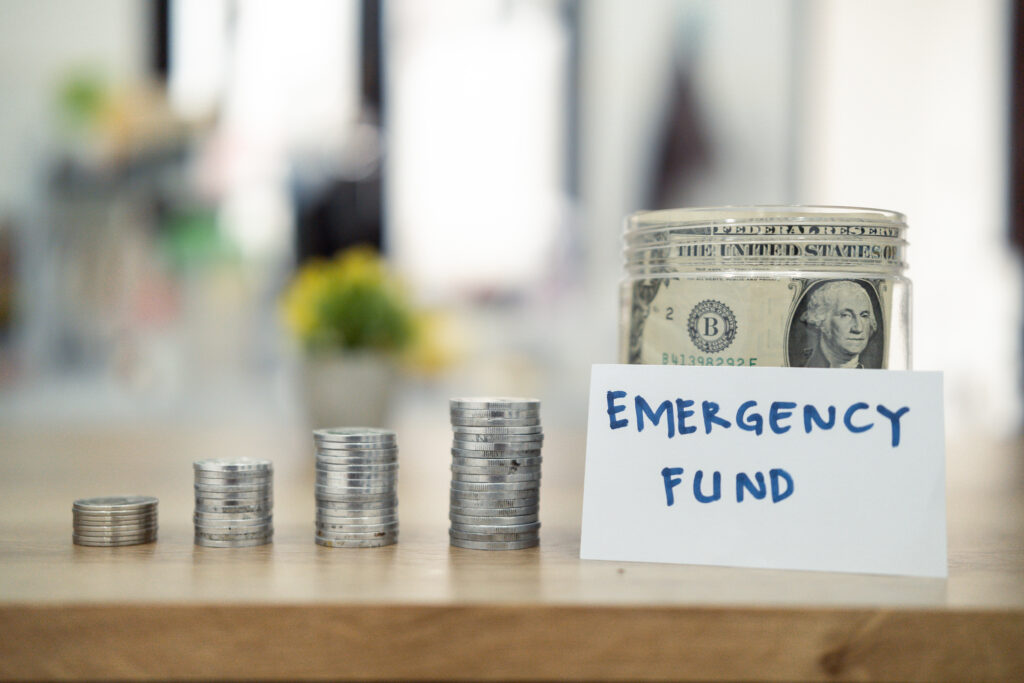Everyone says you need an emergency fund, but a lot of the standard advice is either outdated or unrealistic for most people’s actual lives. Let’s bust the myths that might be keeping you from building one.
Myth: You need $10,000 before you start
Reality: Start with $500, or even $100. A small emergency fund still covers most common surprises—car repairs, medical copays, or temporary income loss. Perfect shouldn’t be the enemy of getting started.
Myth: It has to be exactly 3-6 months of expenses
Reality: Your emergency fund should match your actual risk level. If you have stable employment, good insurance, and family support, 3 months might be plenty. If you’re self-employed or work in an unstable industry, you might need more. Single parents might need different amounts than couples with dual incomes.
Myth: Keep it in a savings account earning 0.1%
Reality: Your emergency fund should be accessible, not necessarily earning nothing. High-yield online savings accounts, money market accounts, or even CDs with penalty-free withdrawal options can earn 4-5% while keeping your money available when you need it.
Myth: Never touch it unless it’s a “real” emergency
Reality: Define what counts as an emergency for your life. For some people, pet medical bills or helping family members are legitimate emergencies. For others, job loss is the only qualifying event. Make your own rules instead of following someone else’s strict definition.
Myth: Build it before paying off debt
Reality: This depends on your debt and your situation. If you have high-interest credit card debt, it might make sense to focus on that first while building a smaller starter emergency fund. Run the numbers based on your specific interest rates and risk factors.
Myth: It needs to be in a completely separate bank
Reality: The goal is to not spend it on everyday things, but it doesn’t need to be impossible to access. Some people do better with a separate bank, others just need a separate account at the same bank. Find what works for your willpower level.
Myth: You’re financially irresponsible without one
Reality: Building an emergency fund is a privilege that requires having money left over after covering basic needs. If you’re choosing between rent and emergency fund contributions, choose rent. Focus on increasing income or decreasing expenses first.
Your emergency fund should work for your actual life and circumstances, not some financial guru’s one-size-fits-all advice. Start where you can, build consistently, and adjust as your situation changes.










